One article to understand the infinite potential of water surface photovoltaic
The calm waters carry the sun’s glow, and new opportunities for photovoltaics are emerging.
With its high power generation, less land occupation, favorable energy consumption structure optimization, and the potential for large-scale development, water surface photovoltaic have gradually become a hot project for investors to participate in.
Analysis of the advantages of water surface photovoltaic
With the rapid development of the photovoltaic industry, the application fields are becoming more and more extensive, and “water surface photovoltaic” has also become a new star in the photovoltaic industry. The advantages of water surface photovoltaic power plants are mainly reflected in:
1) High power generation. On the one hand, because the water surface is relatively open, the adverse effects of shadows on the power generation of photovoltaic modules can be avoided; on the other hand, the water surface has a cooling effect, which can effectively reduce the operating temperature of photovoltaic modules, thereby reducing the temperature loss of photovoltaic power generation systems.
Usually, the working temperature of photovoltaic modules on the water is about 5-10 °C lower than that on the ground. Therefore, compared with the ground photovoltaic power station under the same conditions, the power generation of the water surface photovoltaic power station is about 5% to 10% higher.
2) Does not occupy land resources. In countries where land is scarce, expensive and suitable water bodies exist, water surface photovoltaic have significant advantages.Because the water surface photovoltaic power station is built on the water surface, it does not occupy land resources.
According to the data of “International Journal of Low Carbon Technology”, it has no adverse effect on water quality, and has positive improvement in water quality, avoiding the land use problem of ground photovoltaic power plants.
It is the best choice for developing photovoltaic projects in countries and regions with dense population, limited land resources but abundant water resources.
3) Easy to combine with other industries. Water surface photovoltaic can give full play to the advantages of the “Photovoltaic +” model, and deeply integrate photovoltaic power stations with aquaculture to increase commercial benefits. On the one hand, the covering of photovoltaic modules can reduce the evaporation of water, and the blocked sunlight can reduce photosynthesis, which has a certain inhibitory effect on the reproduction of algae;
On the other hand, photovoltaic power plants can provide electricity for aquaculture equipment, such as aerators, which not only reduces the cost of grid infrastructure construction, but also increases the output of aquaculture, and increases the revenue of the overall business model.
In 2022, China’s CCTV frequently praised the water scene of photovoltaic power generation, and introduced the green fishery production mode of complementary fishery and light, which can generate electricity on the water and fish underwater.
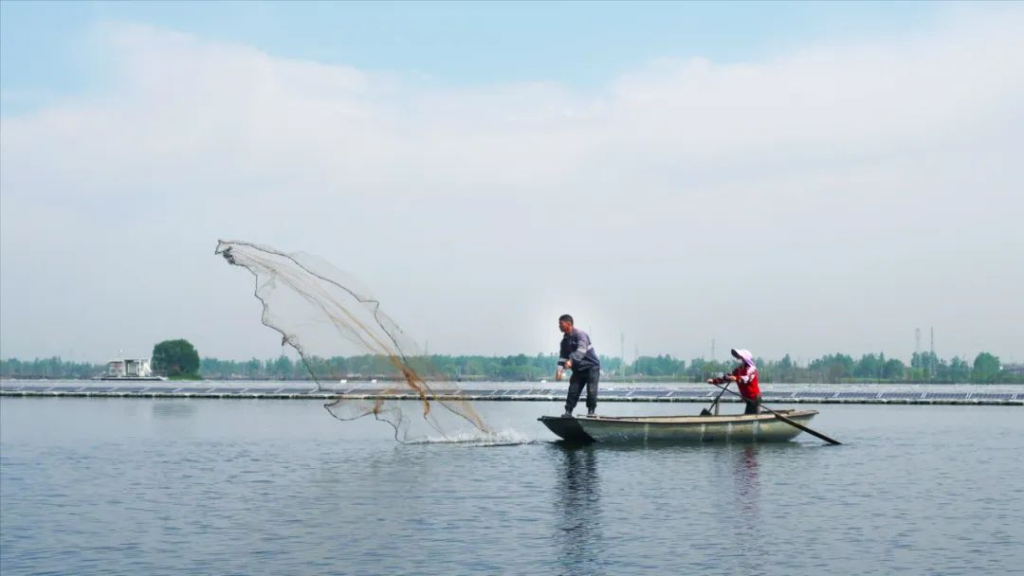
In fact, water surface photovoltaics have become a widely recognized application form around the world. According to the World Bank Group forecast, according to the available surface area of man-made reservoirs in the world, it is estimated that the installed capacity of global water surface photovoltaics is in the range of 400-4000GWp, which is equivalent to the total global installed photovoltaic capacity in 2017.
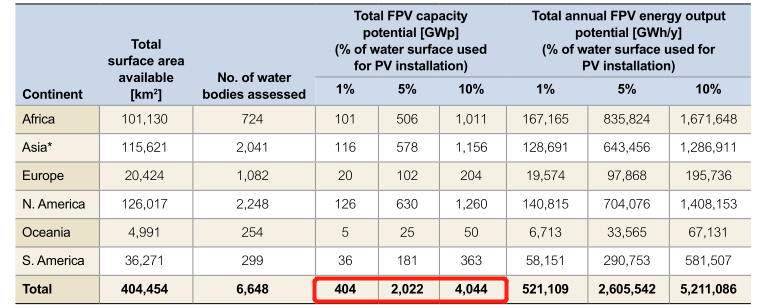
The rapid development of water surface photovoltaic
In 2015, the installed capacity of global water surface photovoltaic was less than 100MW. In 2018, it exceeded 1GW. Since then, the global attention to water surface photovoltaic and the number and scale of projects have grown rapidly. Among them, the Asia-Pacific region holds the record for the highest installed capacity, and China’s project capacity is far ahead.
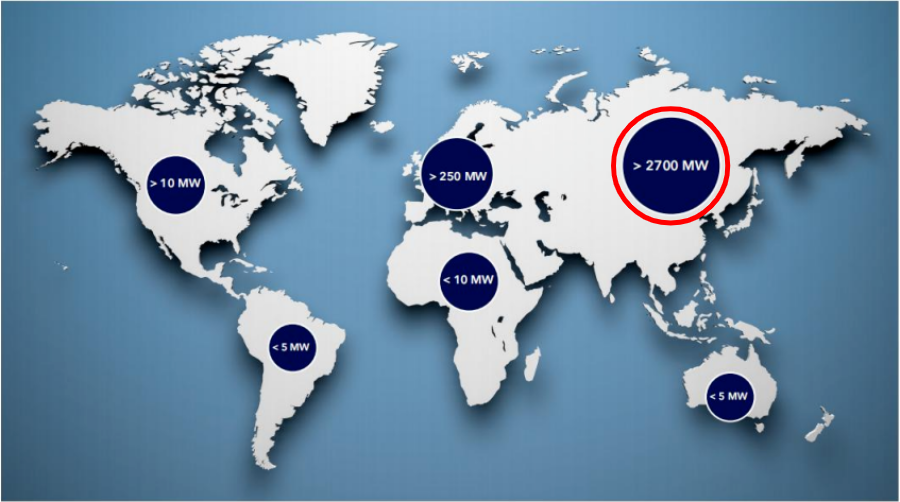
According to the forecast of Wood Mackenzie Power & Renewables, a world-renowned consulting agency, the global demand for water surface photovoltaic is expected to grow at an average annual rate of 22% from 2019 to 2024. In 2022, its new installed capacity will account for 2% of all new photovoltaic capacity installed globally. According to the forecast of DNV, a third-party energy monitoring agency in Norway, the installed capacity of water surface photovoltaic will exceed 30GW in 2030. It can be seen that the global water photovoltaic industry has entered a period of rapid development.
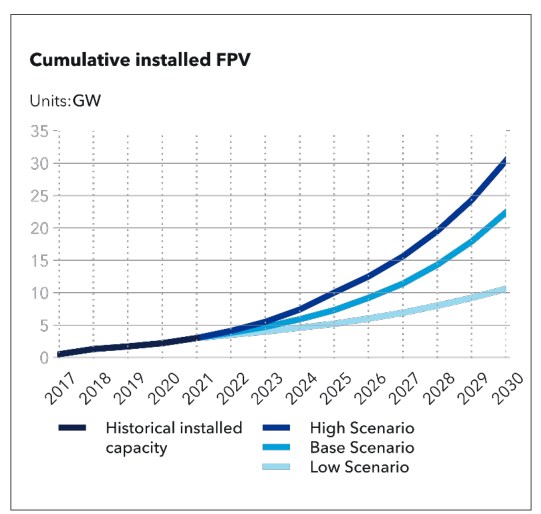
According to the survey, Huainan Xinji 102MW floating power station in Anhui, China is the first floating panda power station in the world, with a total installed capacity of 102MW, which can provide more than 3 billion kWh of clean power within 25 years. Compared with the same type of ground photovoltaic power station, the power generation is increased by about 10%.
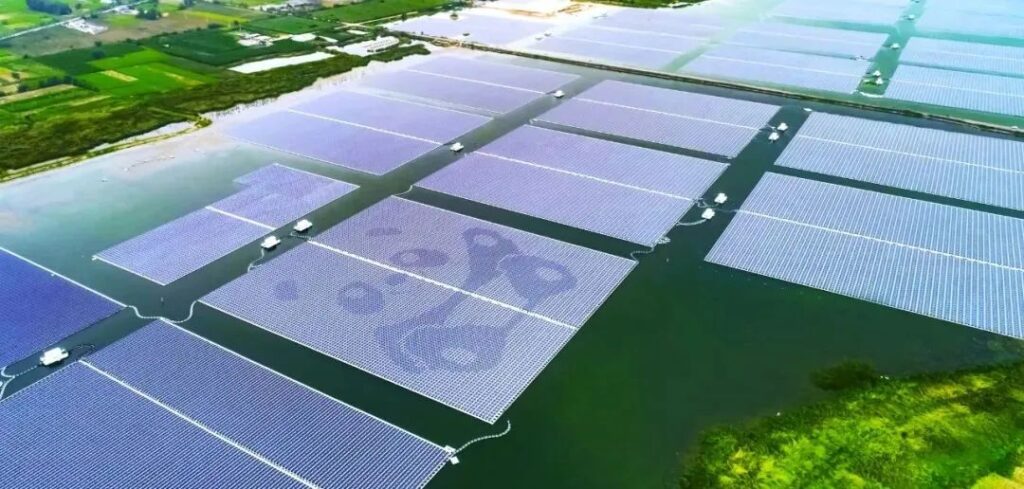
In the future, with the expansion of the project scale, the development of the business model will continue to mature. The cost of water surface photovoltaic power generation will continue to decrease, and it is expected to achieve higher returns.



